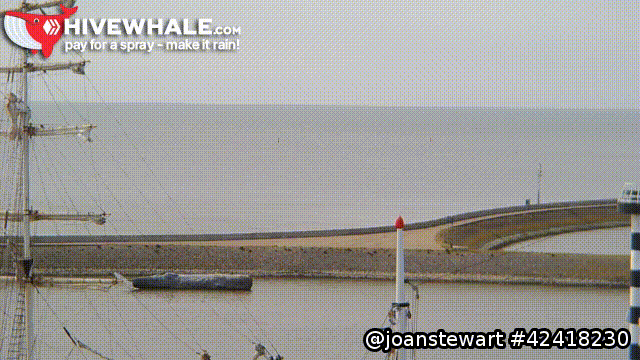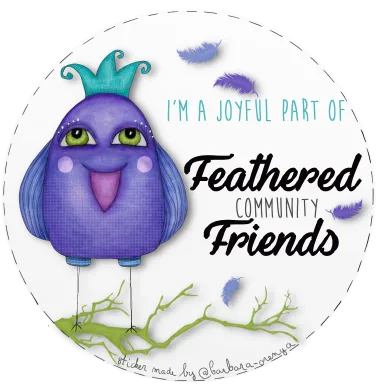Feathered Friends - Show Me Birds In Water Round 9
Duck, Duck, Goose Plus Other Feathered Friends round up for Feathered Friends this week, on the water with @nelinoeva, let's go to KwaZulu-Natal South Africa....
Spur-Winged Goose (Plectropterus gambensis)
We don't have swans but we sure do have the largest waterfowl in Africa, along with bragging rights of the largest goose in the world.
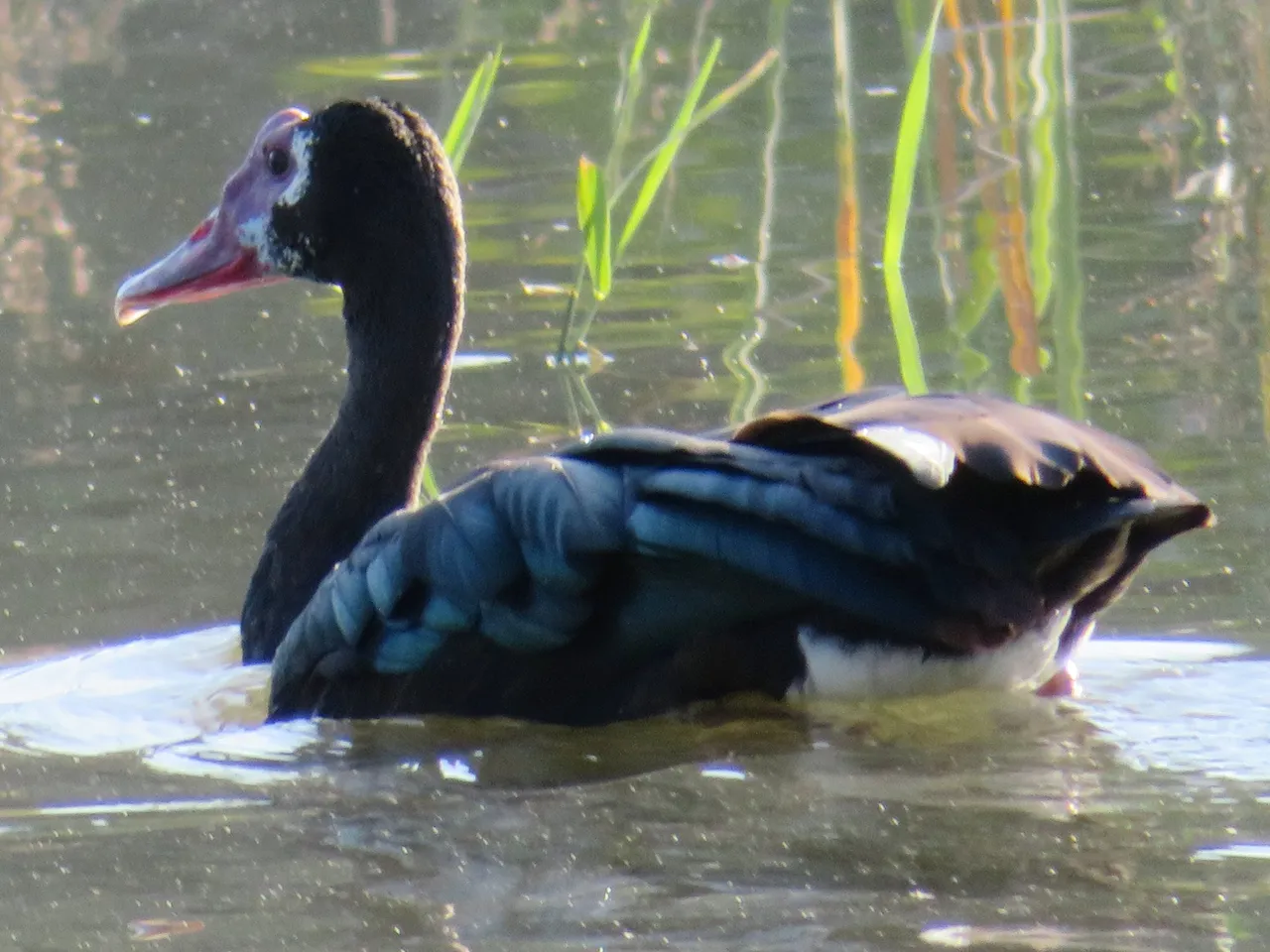
Floating about the river the spur-winged goose is so named from the spikes on their wings. Depending on what they eat, being omnivore, eating their meat may be toxic due to goose consuming toxic beetles (Blister Beetles), watch what you eat you don't know what they had earlier.
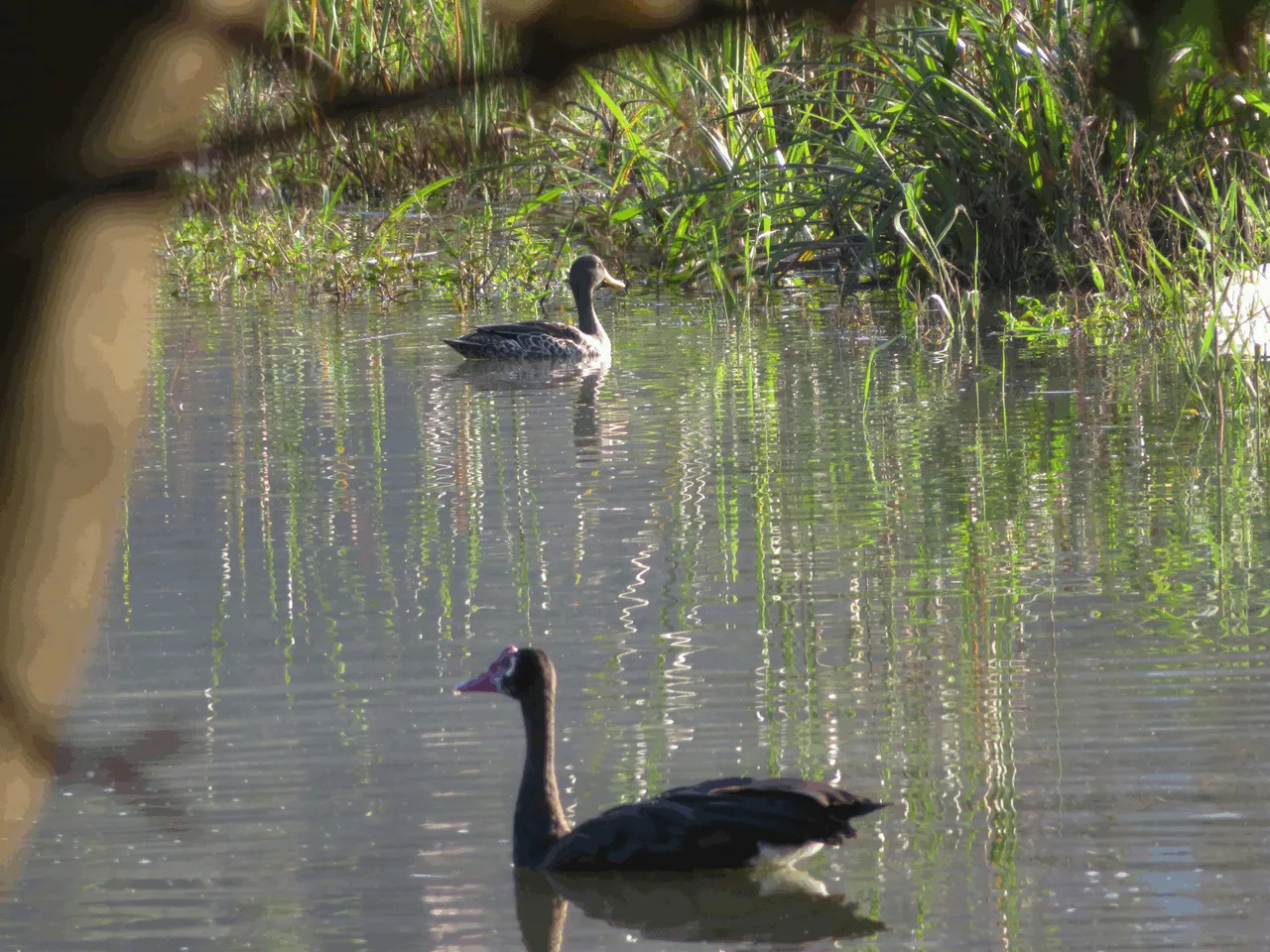
Spurs are used to protect during mating season chasing other males or ducks away from their nesting sites being a relatively aggressive bird. These were photographed on the Amanzimtoti River, seasonal visitors.
Not a noisy bird, only giving a light whistle when flying, found in sub-Saharan Africa in wetlands, rivers, lakes and farm dams.
Yellow-billed duck (Anas undulata)
A nomad throughout South Africa's on waterways, foraging plants and invertebrates this duck prefers to feed floating around, less diving for it's food.
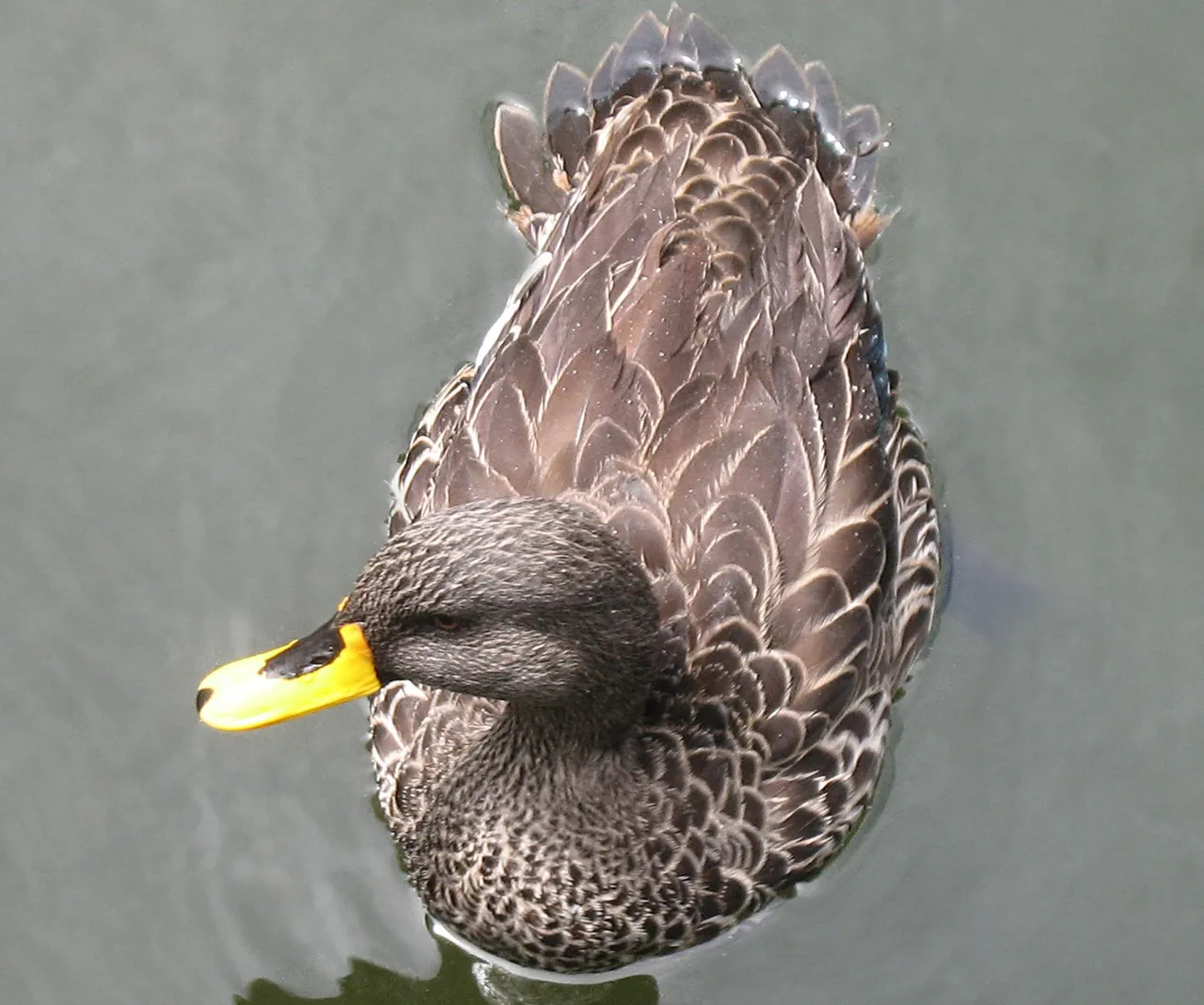
We see these ducks locally on rivers, up in the mountain dams only migrate when water levels drop and seek out better regions.
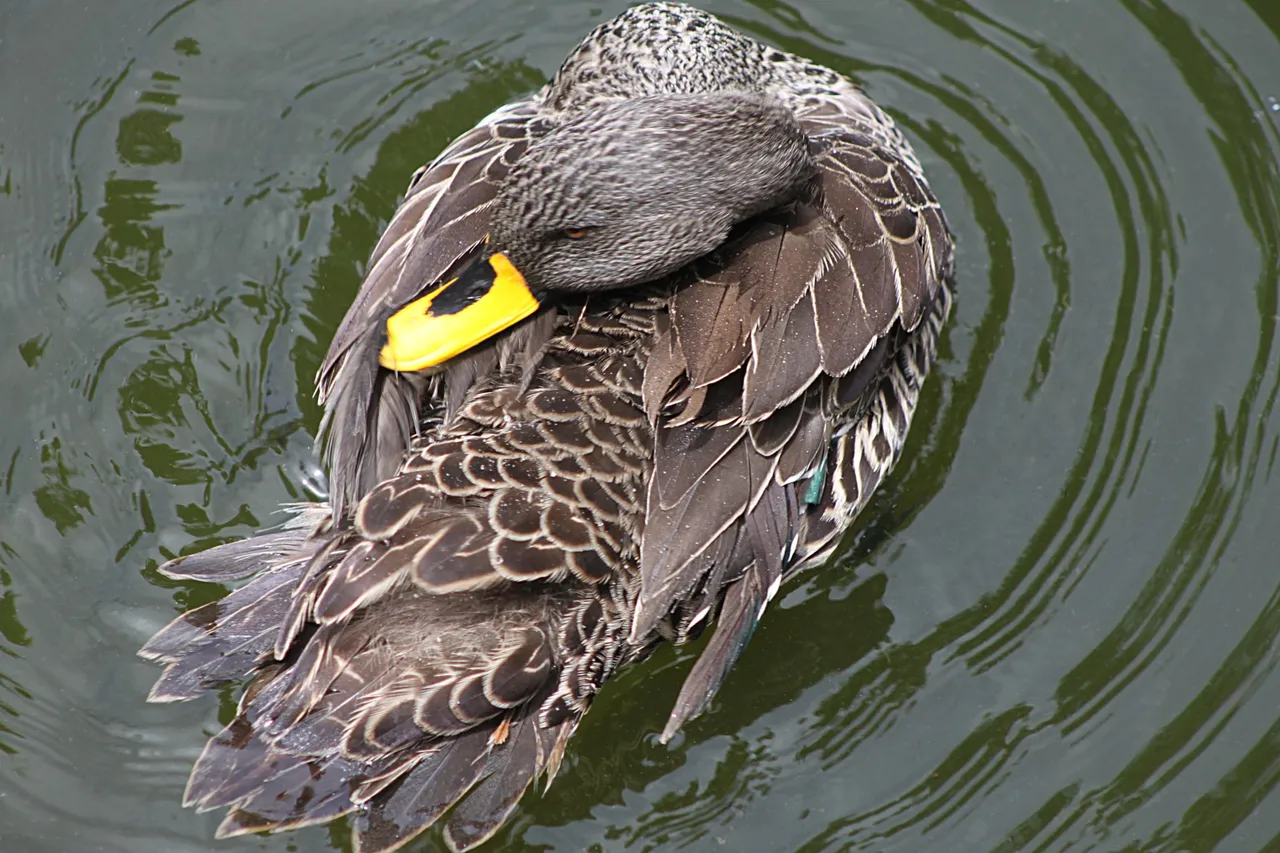

Greater Flamingo (Phoenicopterus Roseus) - Lesser Flamingo (Phoeniconaias minor)
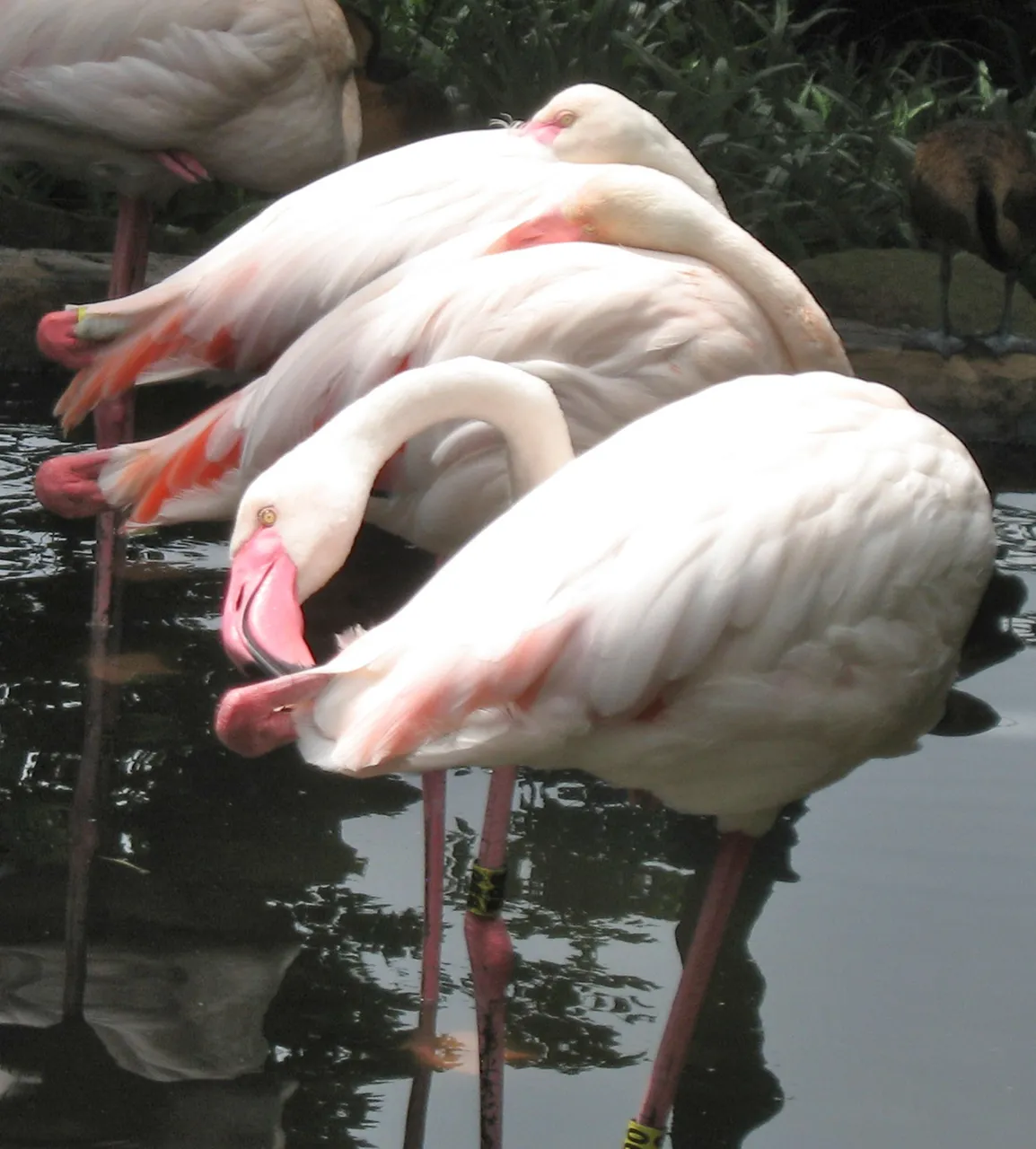
Although the Flamingo is born grey in colour of feathers, it's what they eat that gives them the pink pigments called carotenoids, reaction from shrimp and algae scooped up on their daily feeding.

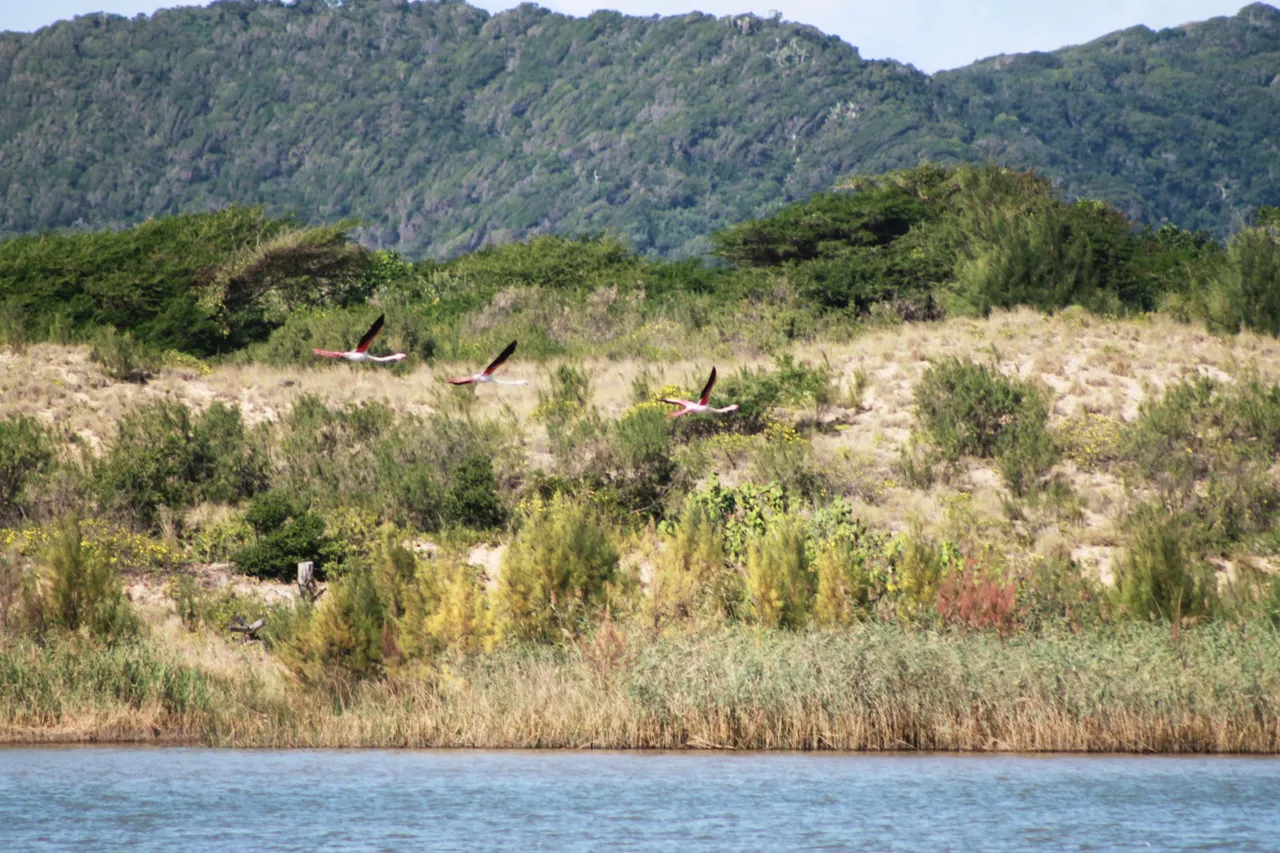
Squadron of Lesser flamingo in flight, known to breed up on the St Lucia (iSimangaliso) wetlands, both species will breed in this region when conditions are right.
Great white pelican (Pelecanus onocrotalus) and the Pink-backed pelican (P. rufescens)
Pelican floating on the Amanzimtoti river was a pleasant surprise a couple of years ago, the river at the time was in better health than currently, now choked with water hyacinth, plastic, and waste which the local community are busy cleaning once again. Does man ever learn or care about the health of our waterways?
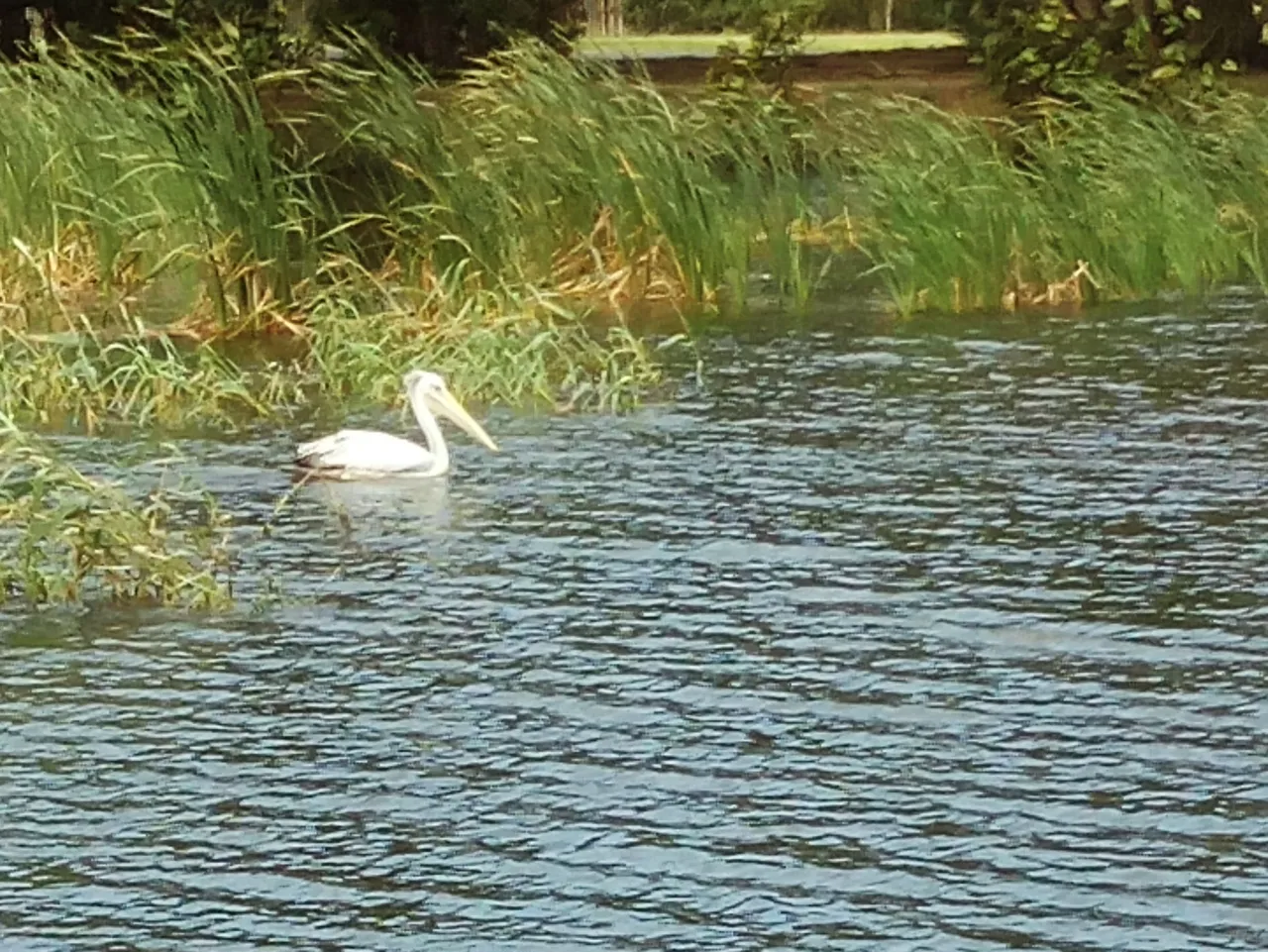
Great white pelican sitting on driftwood at the mouth of the St Lucia estuary, what a joy to see these amazing birds.
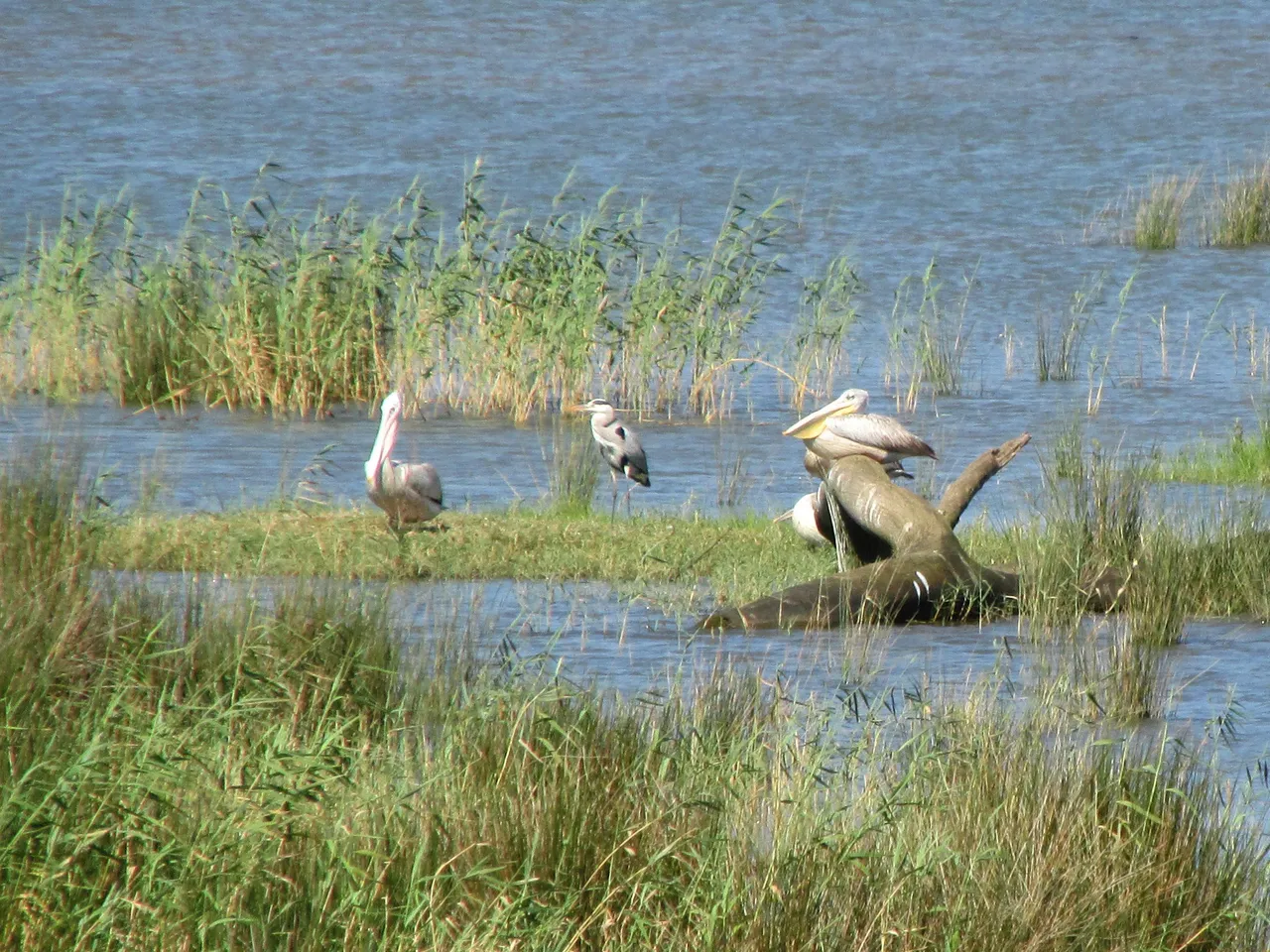
Water, wetlands the important veins on our little blue world looking around one realizes so many birds and wildlife relies on us to keep it healthy and clean for their very existence. Thanks you for visiting and have a fun day.
Additional information sourced from Avibase or for more information St Lucia

All photography is my own. Any queries or requests please drop a comment below or make contact with me, have a wonderful day! Photography without tripod, go with the flow wherever life takes you. NB: Amateur photographer and bird watcher, keep smiling!
Thought for Today: "A severely under paid hungry teacher in a renovated, well-equipped classroom, can perform just as well as a bird without feathers can do in a hanging, decorated cage." - African Proverb
Communities to Enjoy On Hive: #lifestylelounge hive-114105, #qurator hive-102880, #featheredfriends hive-106444, #wednesdaywalk hive-155530, #amazingnature hive-127788, #alwaysaflower hive-154065, #feelgood hive-19093, #theterminal hive-101265, #ladiesofhive hive-124452
